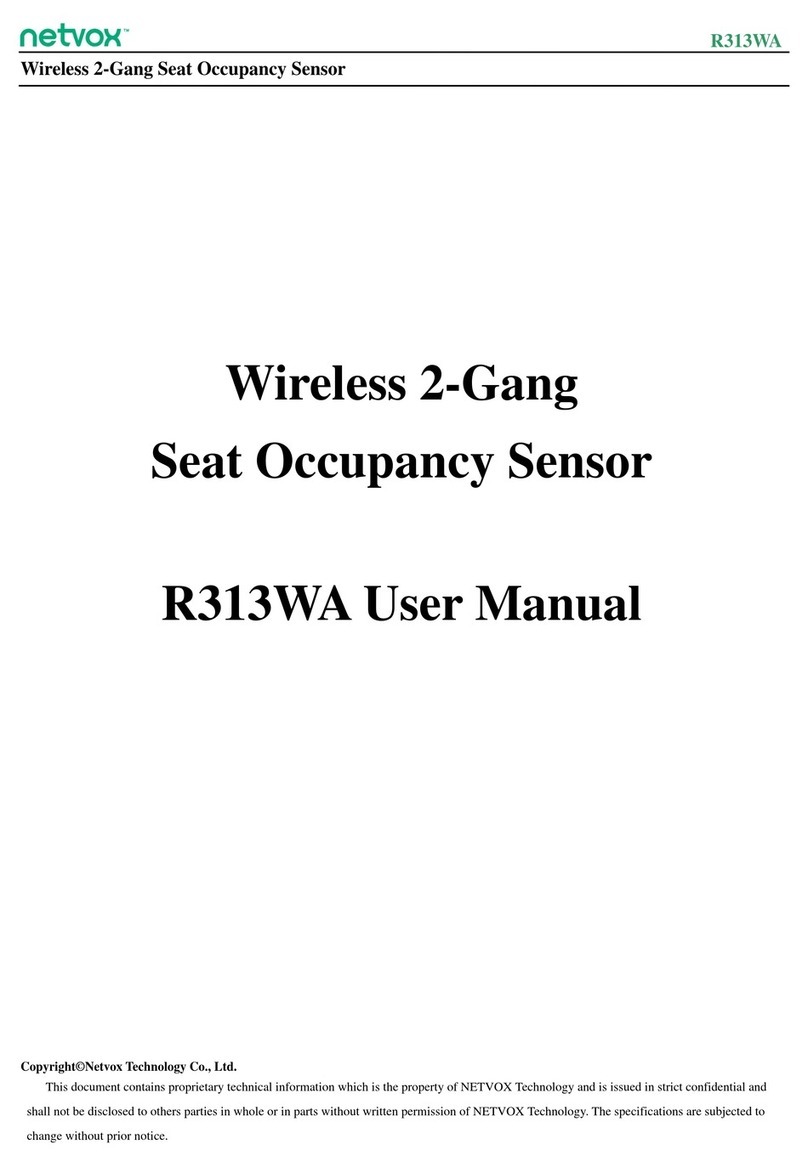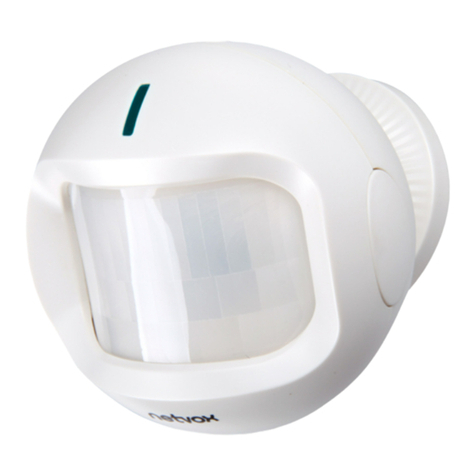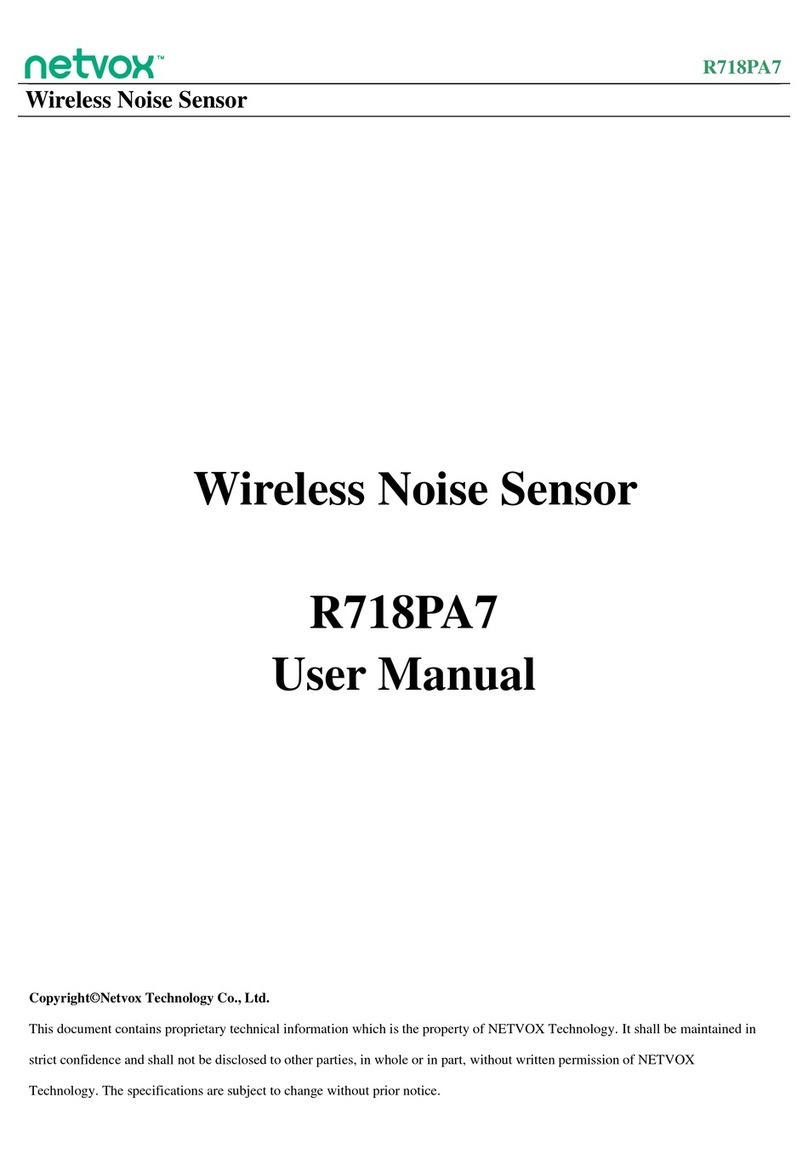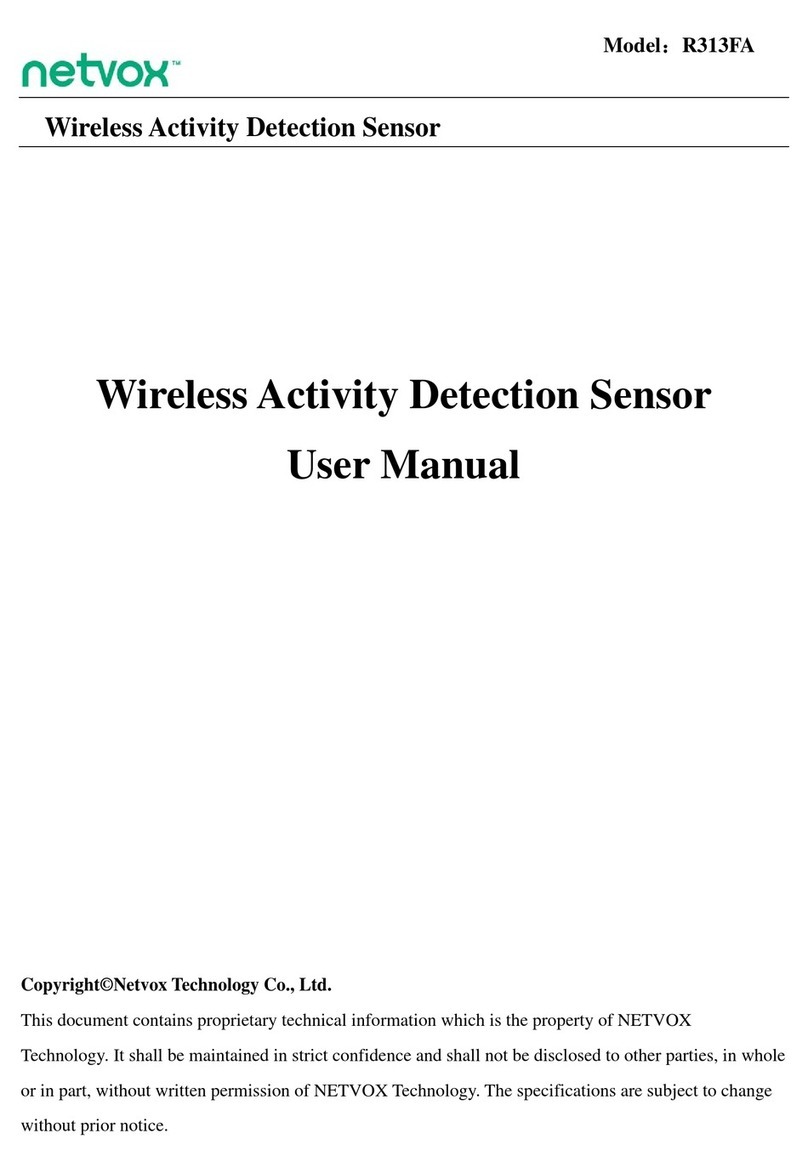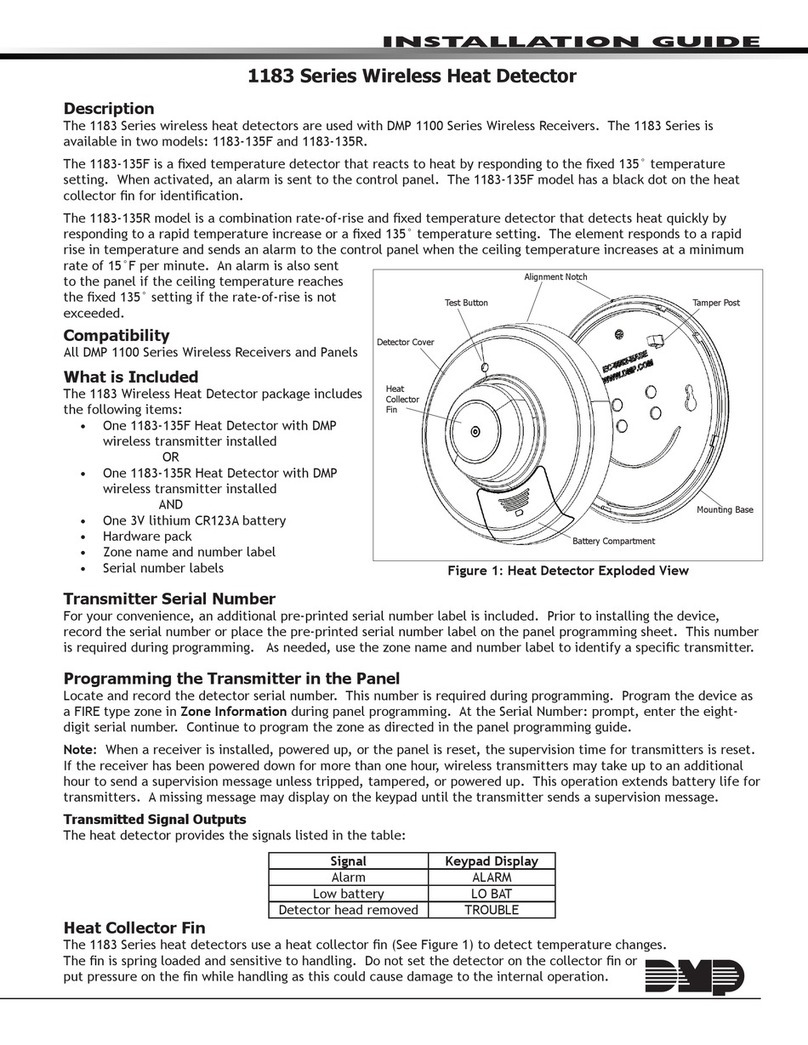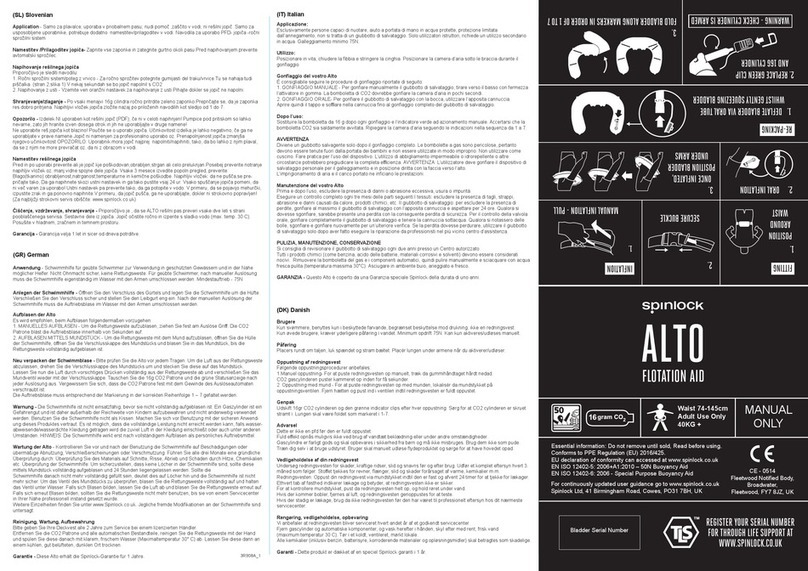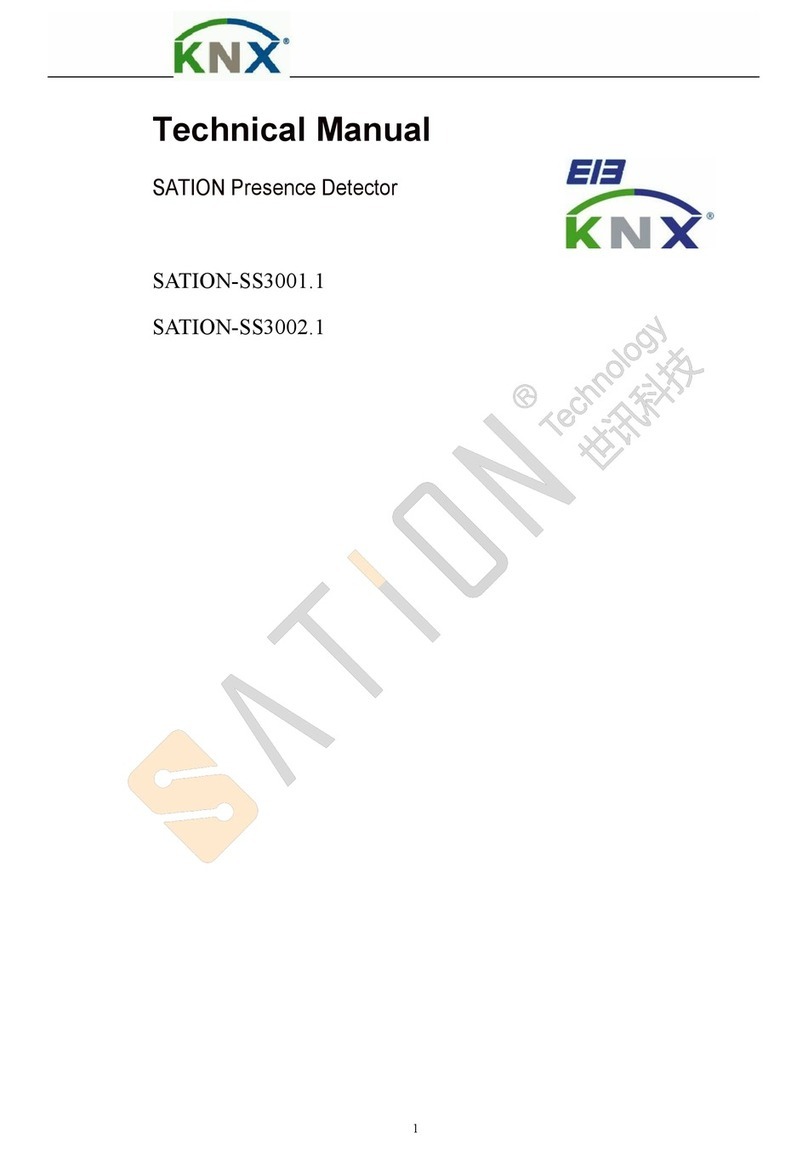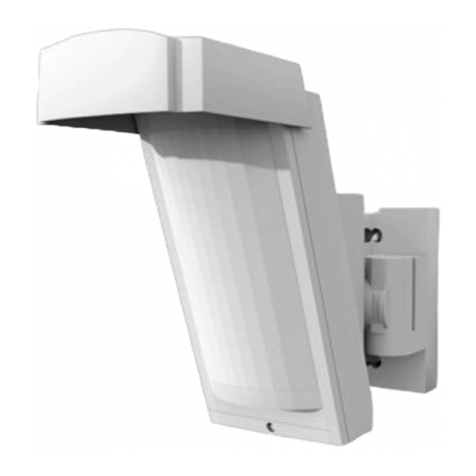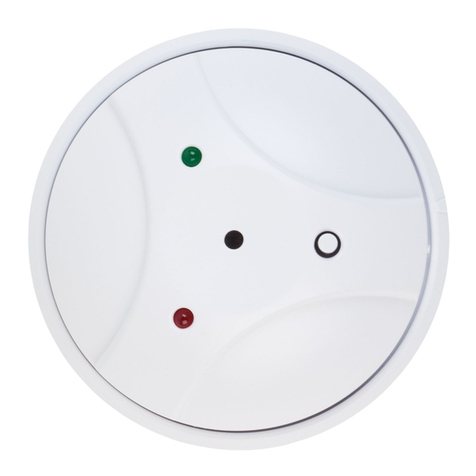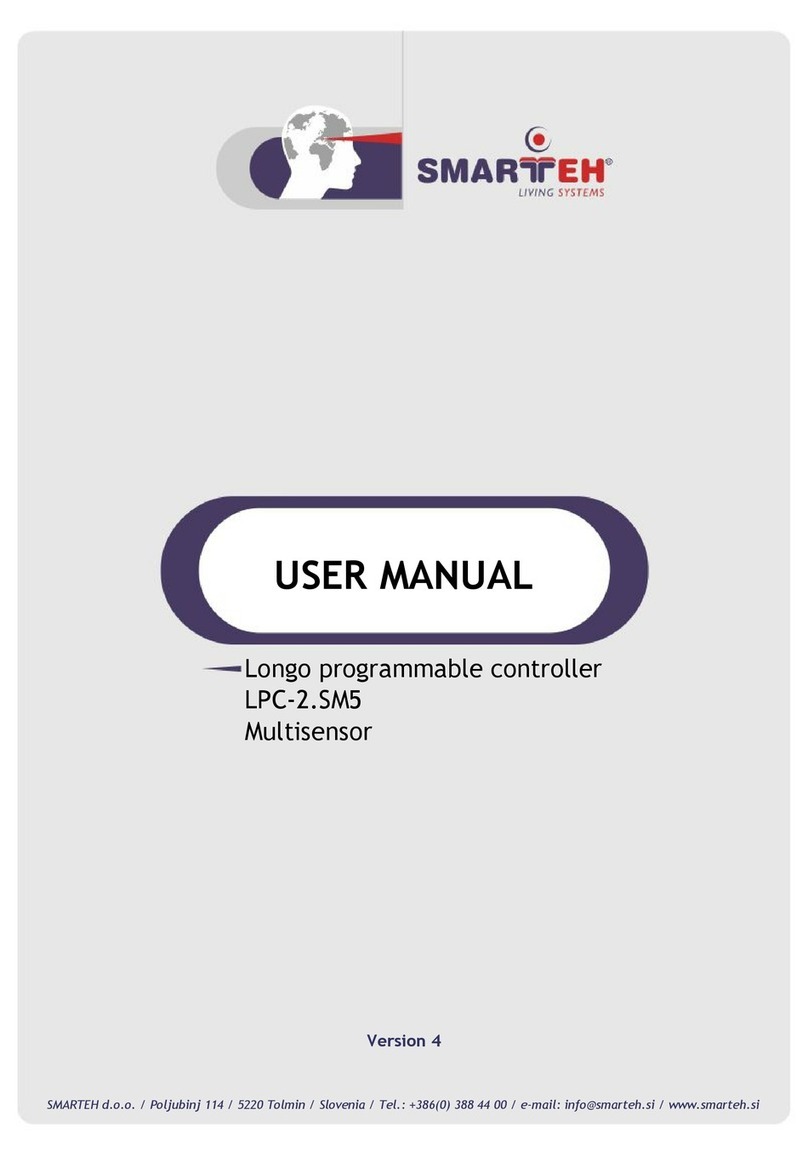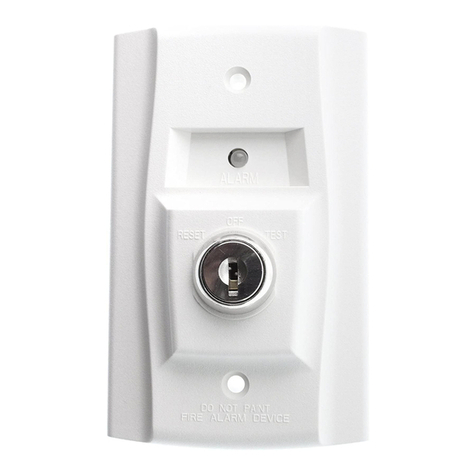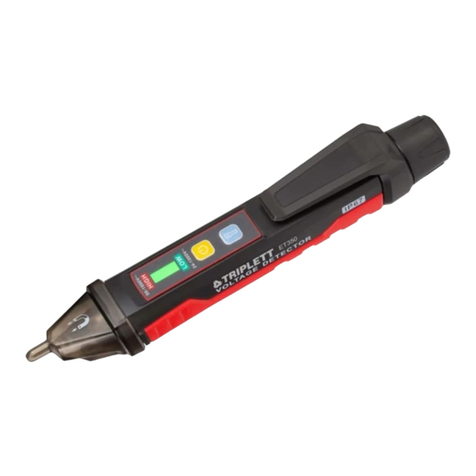netvox R313CB User manual












Table of contents
Other netvox Security Sensor manuals
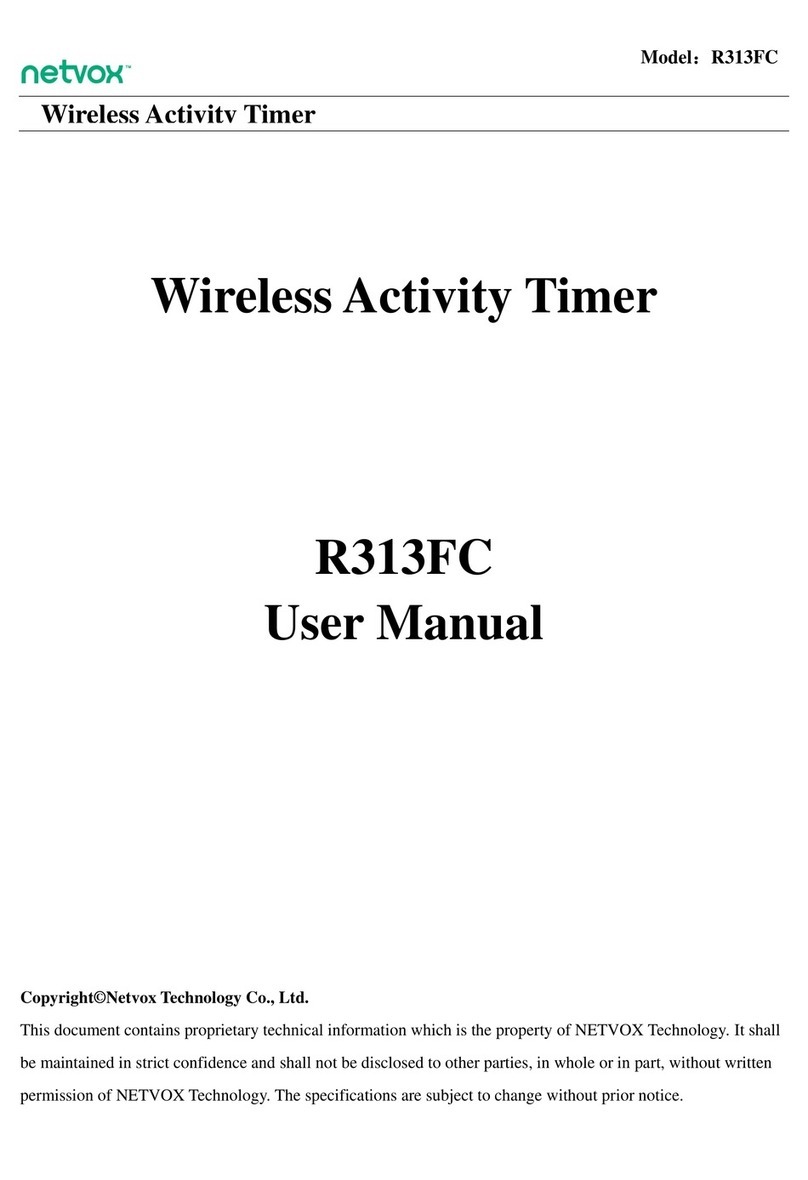
netvox
netvox R313FC User manual
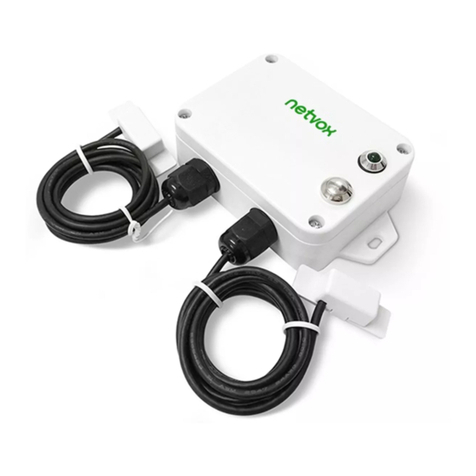
netvox
netvox R718WA2 User manual
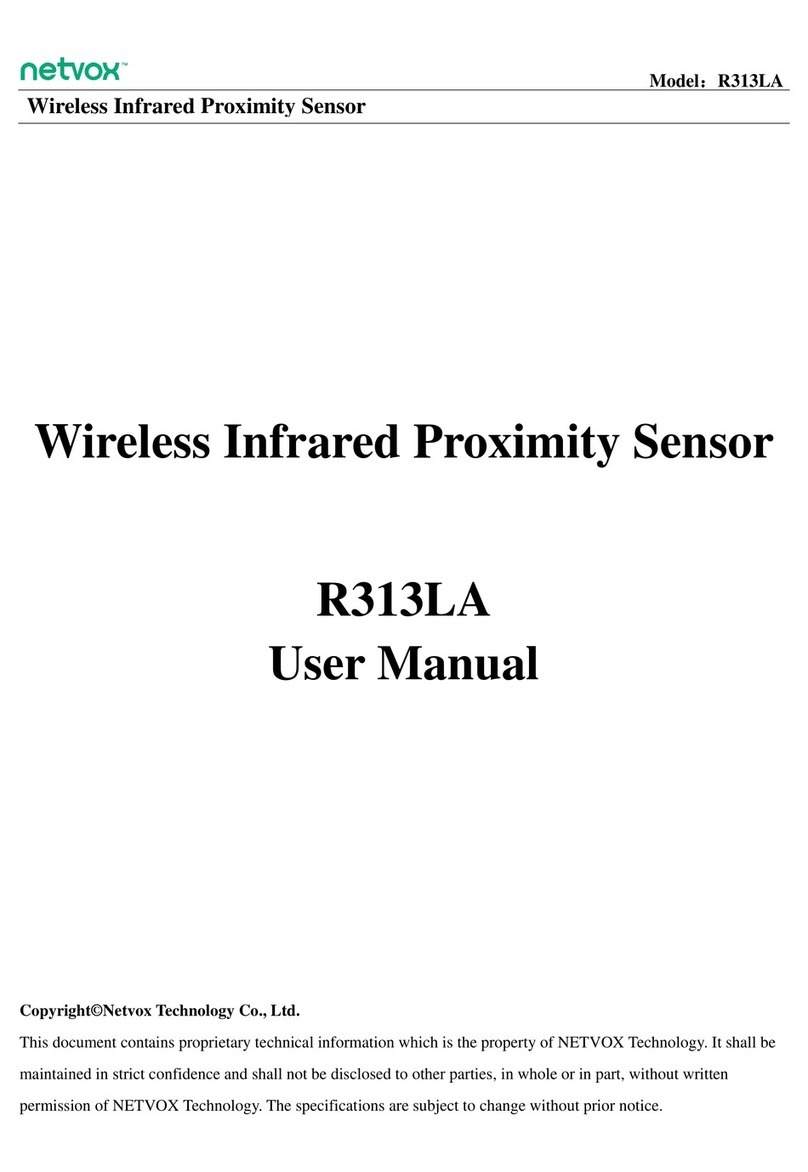
netvox
netvox R313LA User manual
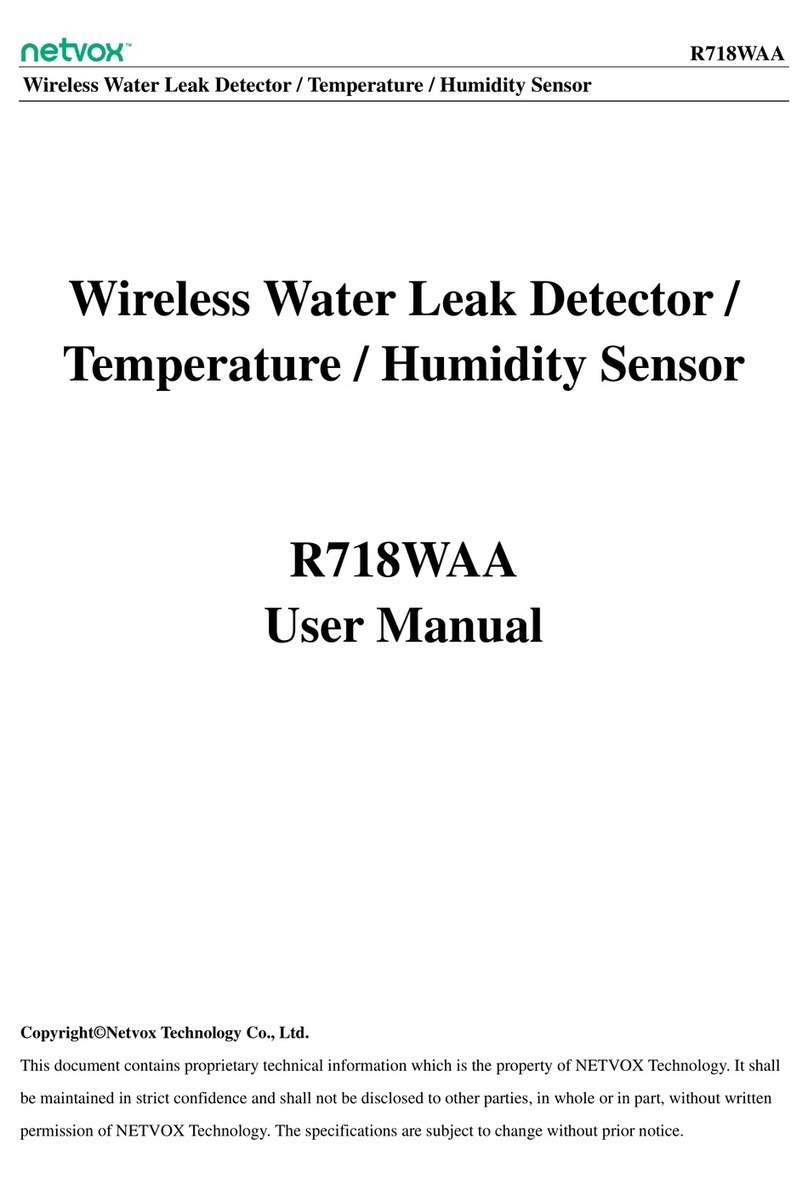
netvox
netvox R718WAA User manual
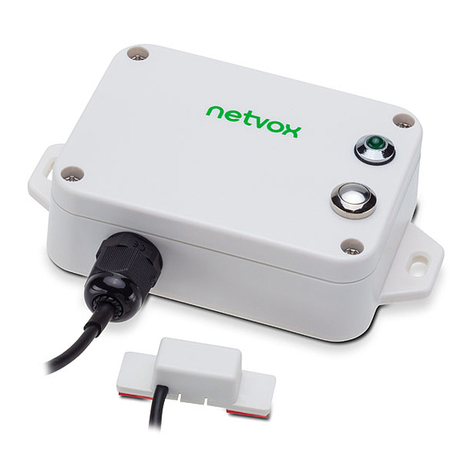
netvox
netvox R718WA User manual
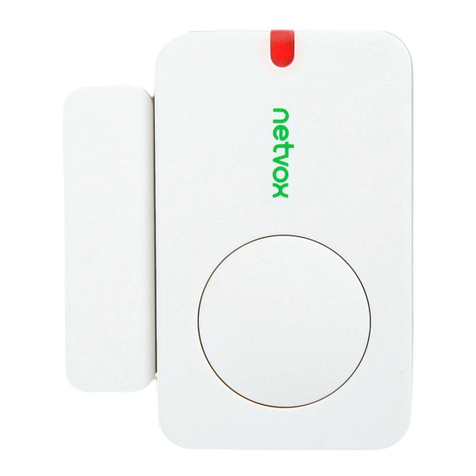
netvox
netvox R311A User manual
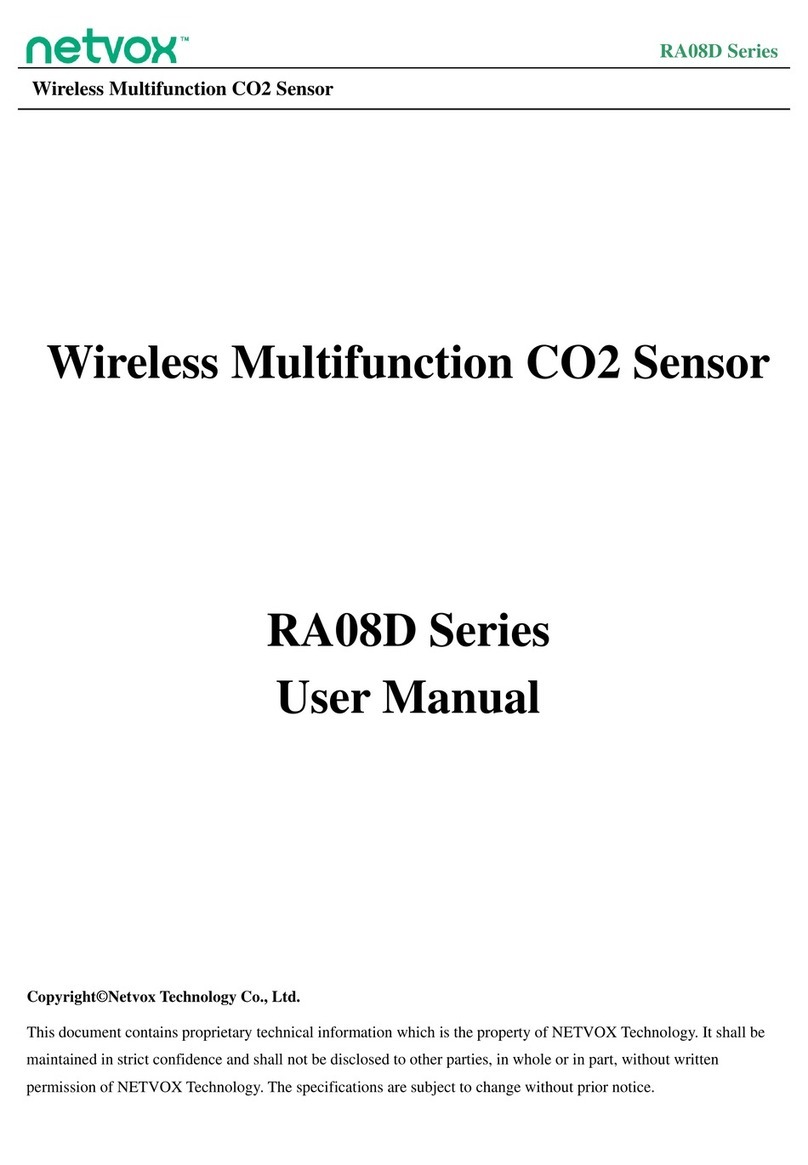
netvox
netvox RA08D Series User manual

netvox
netvox R719A User manual
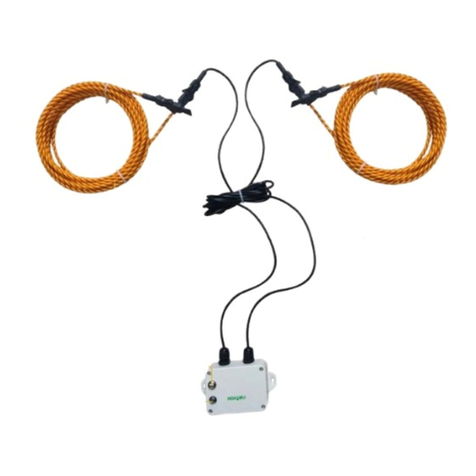
netvox
netvox R718WB2 User manual
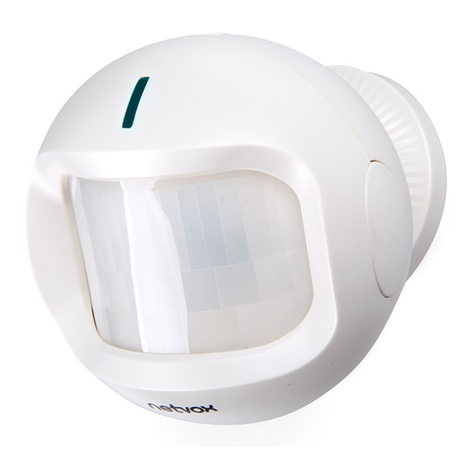
netvox
netvox ZB11D User manual

netvox
netvox S31501 User manual
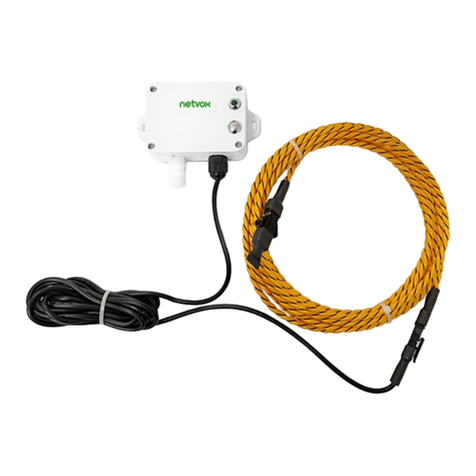
netvox
netvox R718WBA User manual
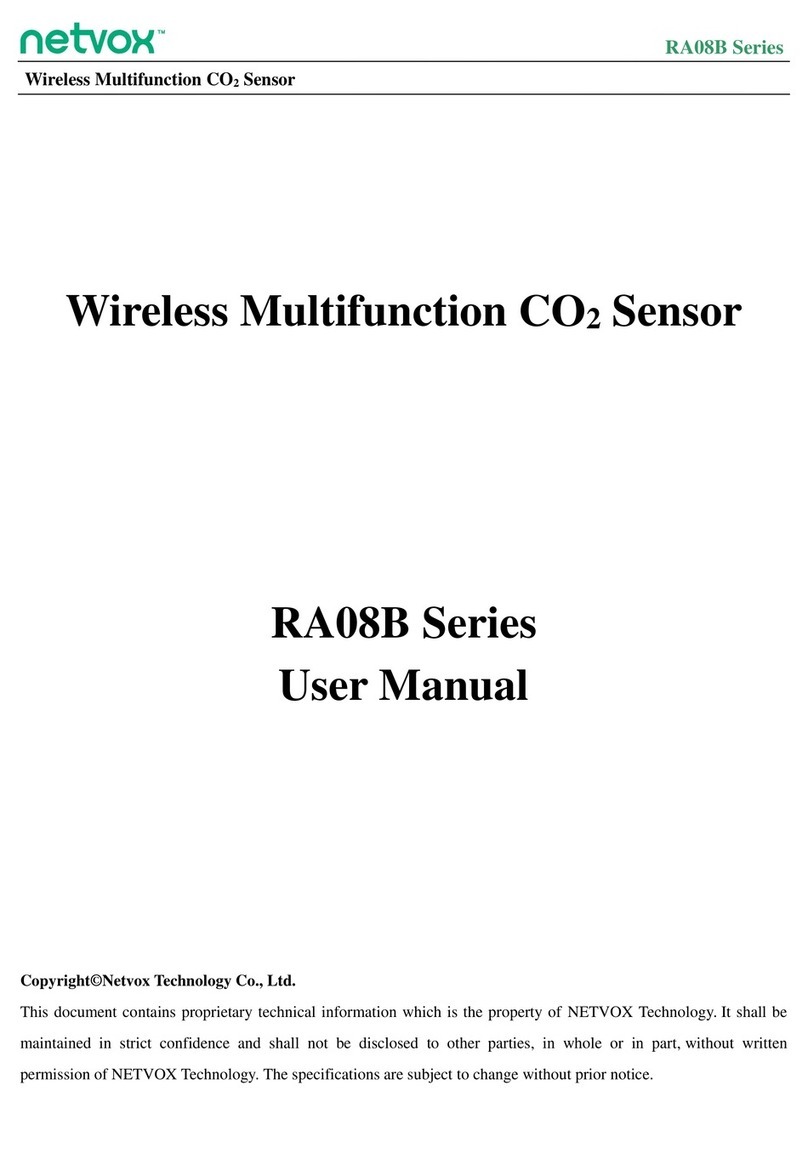
netvox
netvox RA08B Series User manual
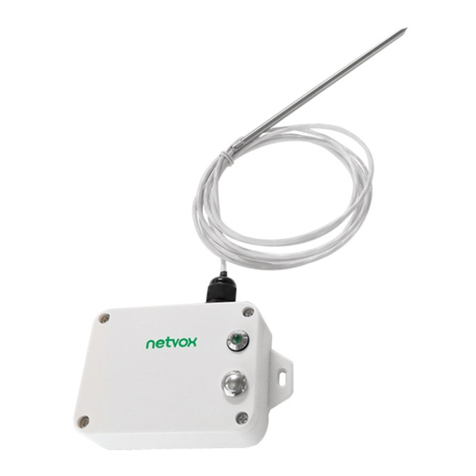
netvox
netvox R718B User manual
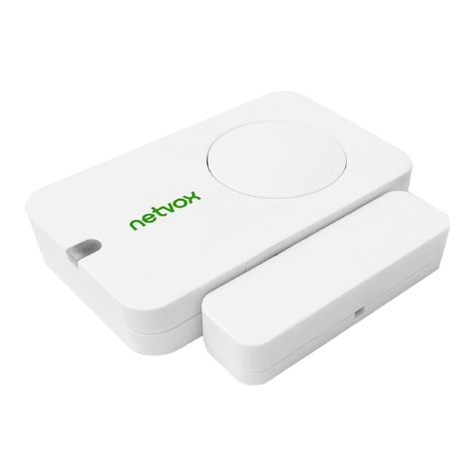
netvox
netvox R313A User manual
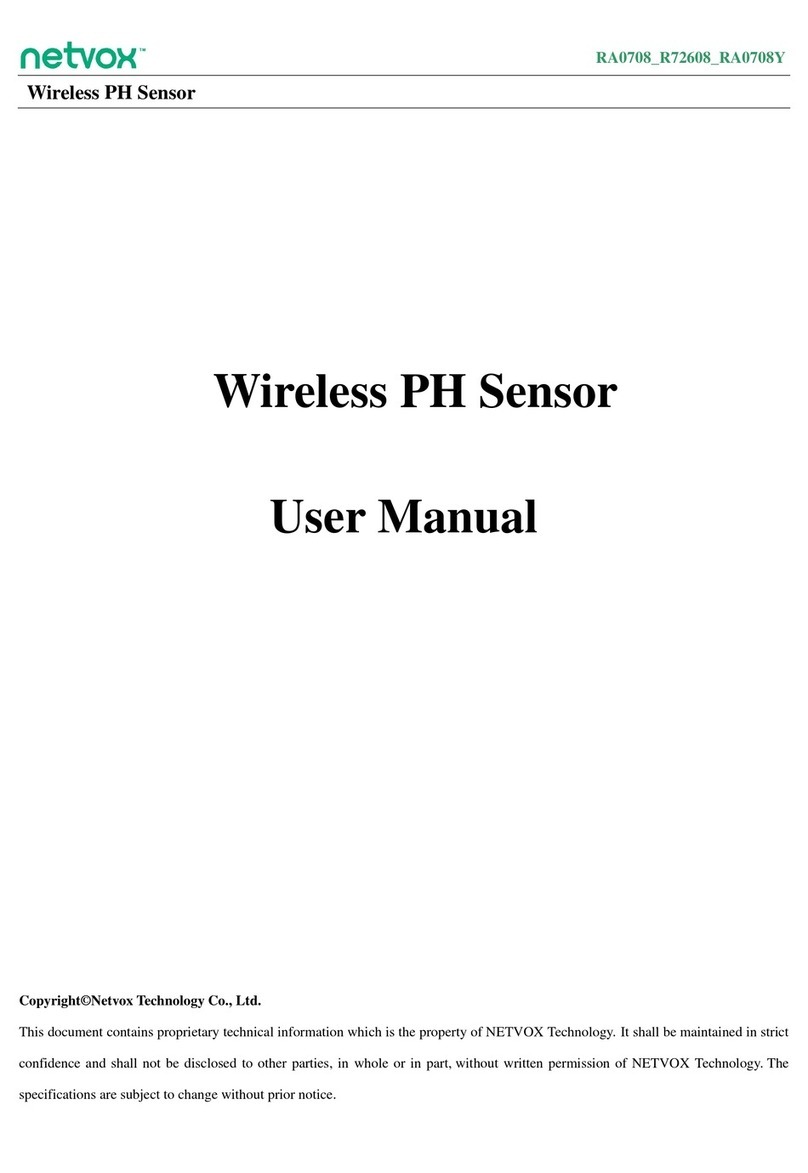
netvox
netvox RA0708 User manual

netvox
netvox RA08D Series User manual

netvox
netvox R718PA9 User manual

netvox
netvox R718B User manual
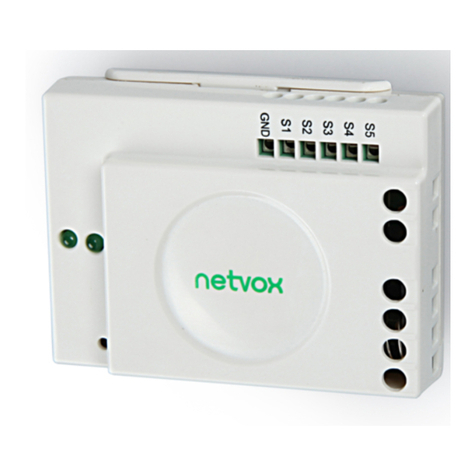
netvox
netvox Z801TXB User manual
Popular Security Sensor manuals by other brands

SUREN
SUREN CDL-608 Installation, operation and specification manual

Safety Technology International
Safety Technology International STI-34701 manual
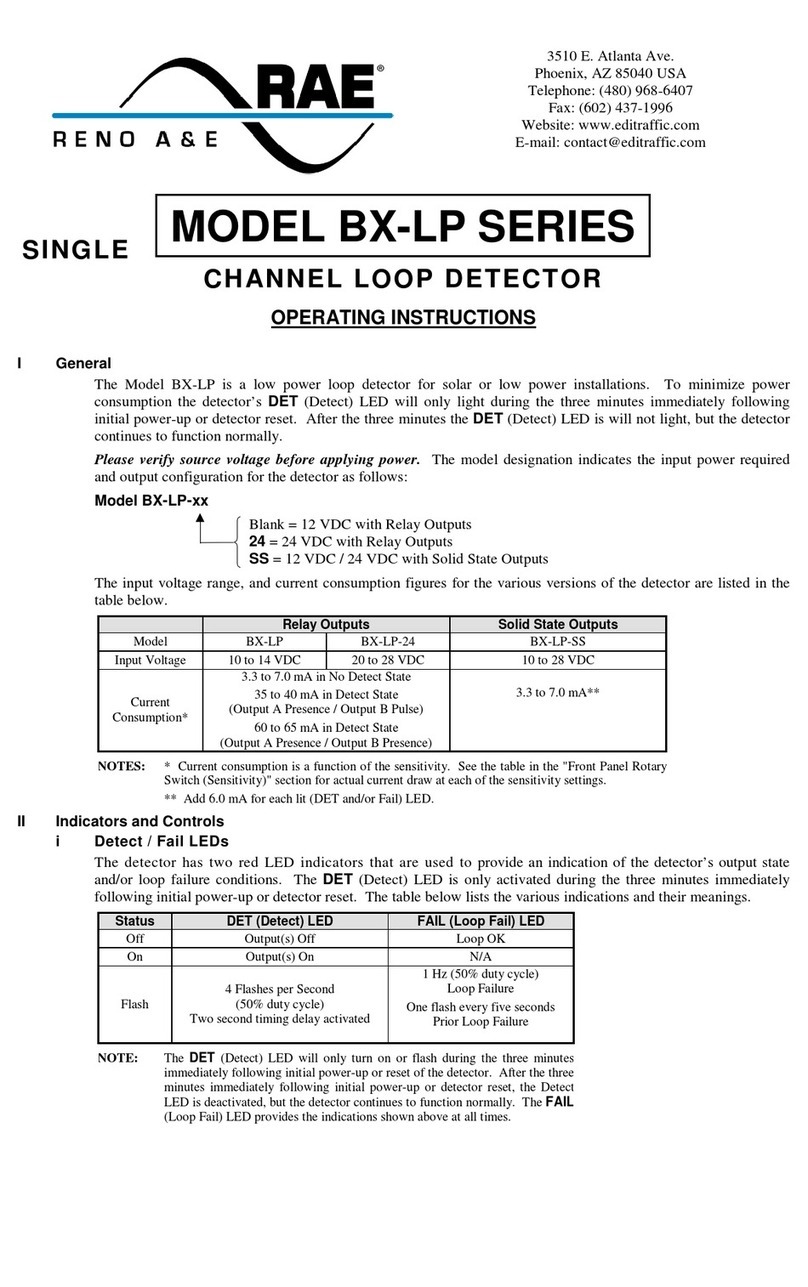
Reno A&E
Reno A&E RAE BX-LP Series operating instructions
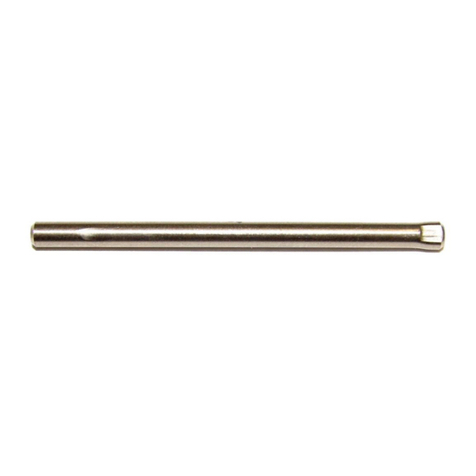
Buckingham
Buckingham 5005TC instructions
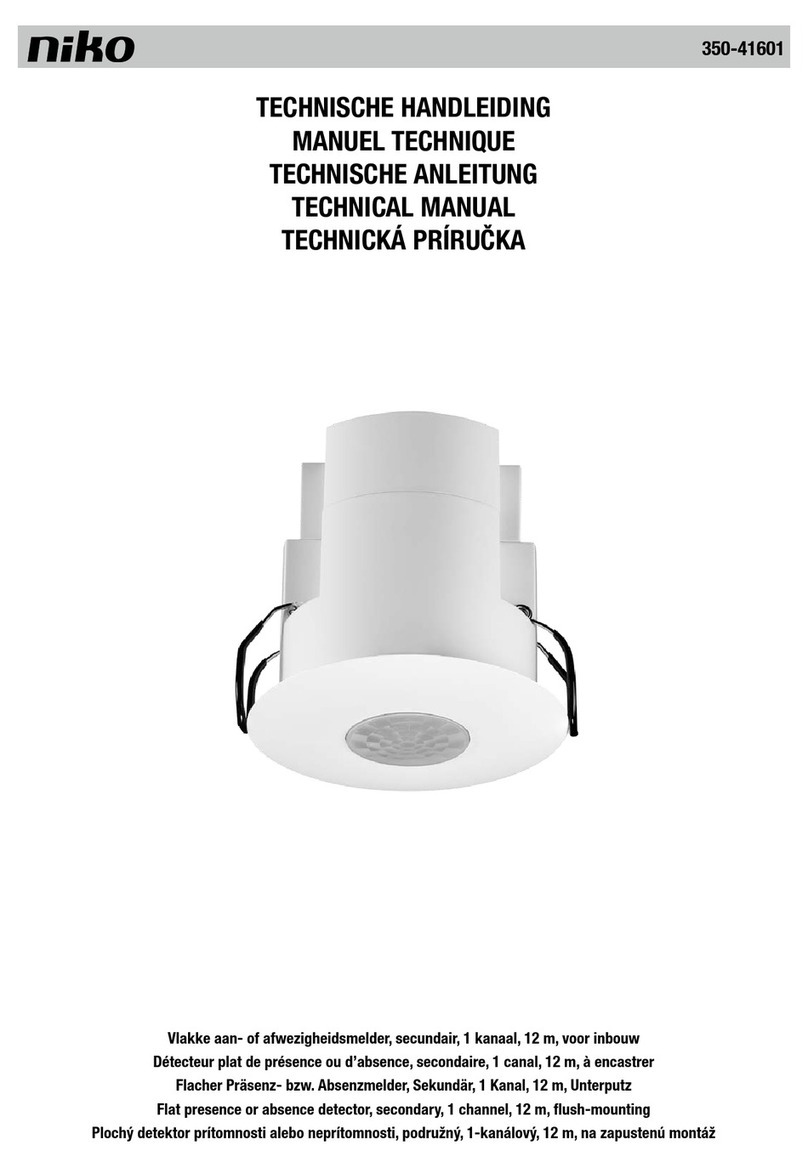
Niko
Niko 350-41601 Technical manual
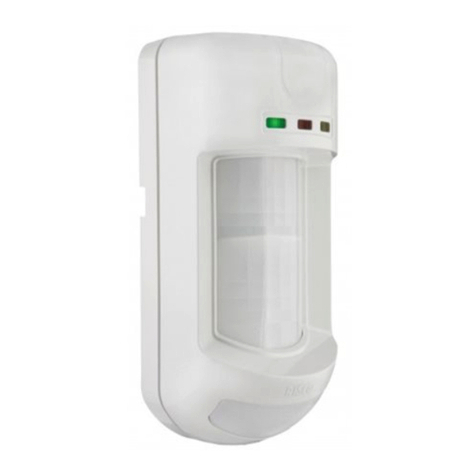
Risco
Risco WatchIN 325DT installation instructions
